The guitar magic of Peter Green, Jeremy Spencer and Danny Kirwan: 5 underrated songs you need to hear by early Fleetwood Mac
Three very different players and an incredible legacy of music
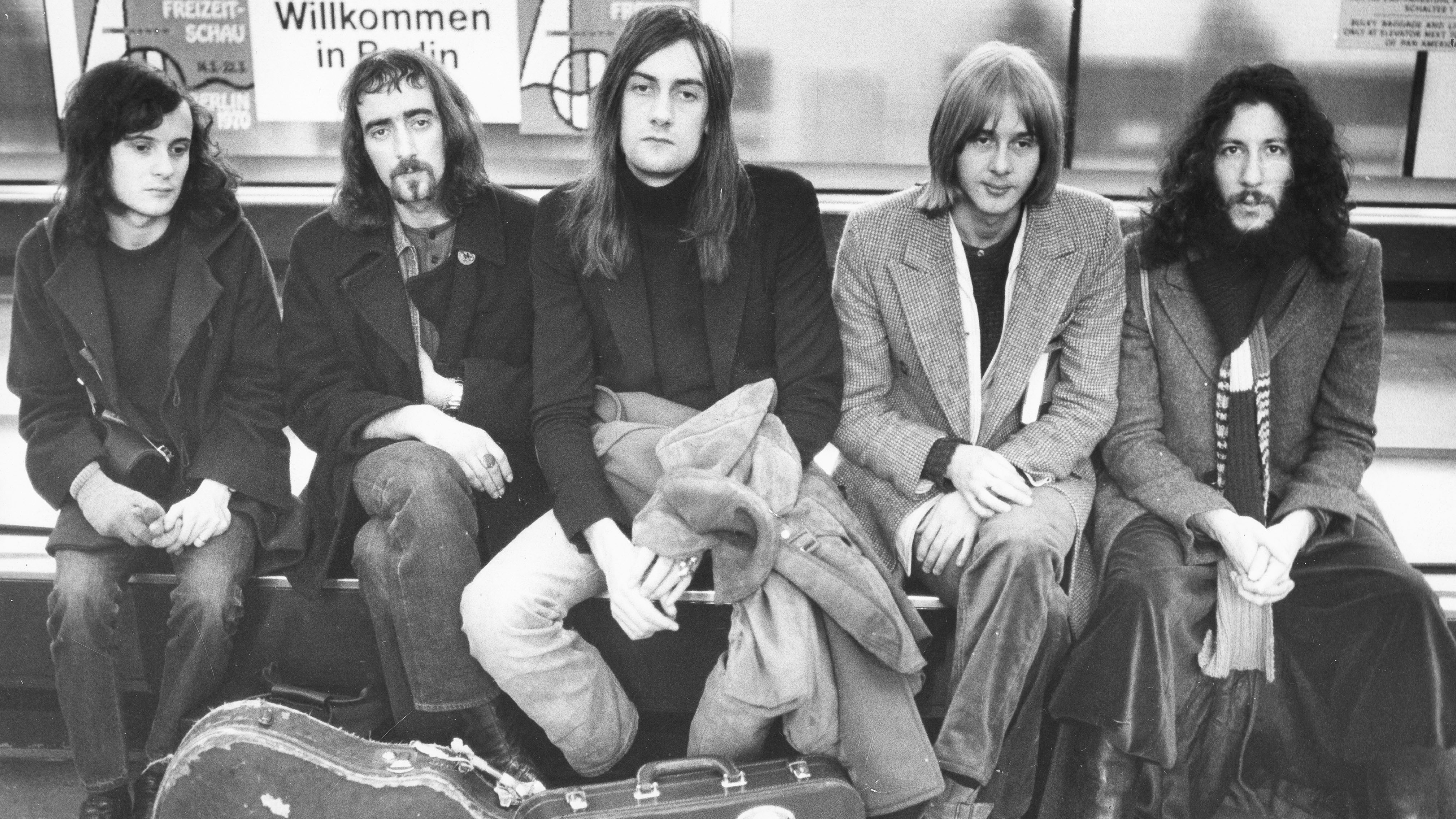
Ask most people under 50 about Fleetwood Mac and they’ll say something like, “They’re an American harmony soft rock band fronted by Stevie Nicks and Lindsey Buckingham, with Chistine McVie on keyboards and vocals, and a couple of other guys on bass and drums. They’re famous for tracks like, Don’t Stop, Rhiannon, Go Your Own Way and Dreams.”
Quiz those from a previous generation and the response will more likely be, “A blues-rock band formed by guitarist and songwriter Peter Green, with two other guitarists Jeremy Spencer and Danny Kirwan, plus Mick Fleetwood and John McVie on drums and bass. Famous for tracks like Albatross, Need Your Love So Bad, Green Manalishi, Oh Well, Man Of The World and others. ”
Since the band has these two distinct periods with very different line-ups and sounds - the only constants being Fleetwood and McVie (the Fleetwood and Mac that formed the band’s name) - for this article we’ll concentrate on what we might call Fleetwood Mac 1.
And while most guitarists will be familiar with all the tracks mentioned earlier from the earlier incarnation (and if not it’s about time you were), we thought we’d pull out five of which you may not be so aware, and yet offer a different perspective on this most interesting and possibly unique set of musicians.
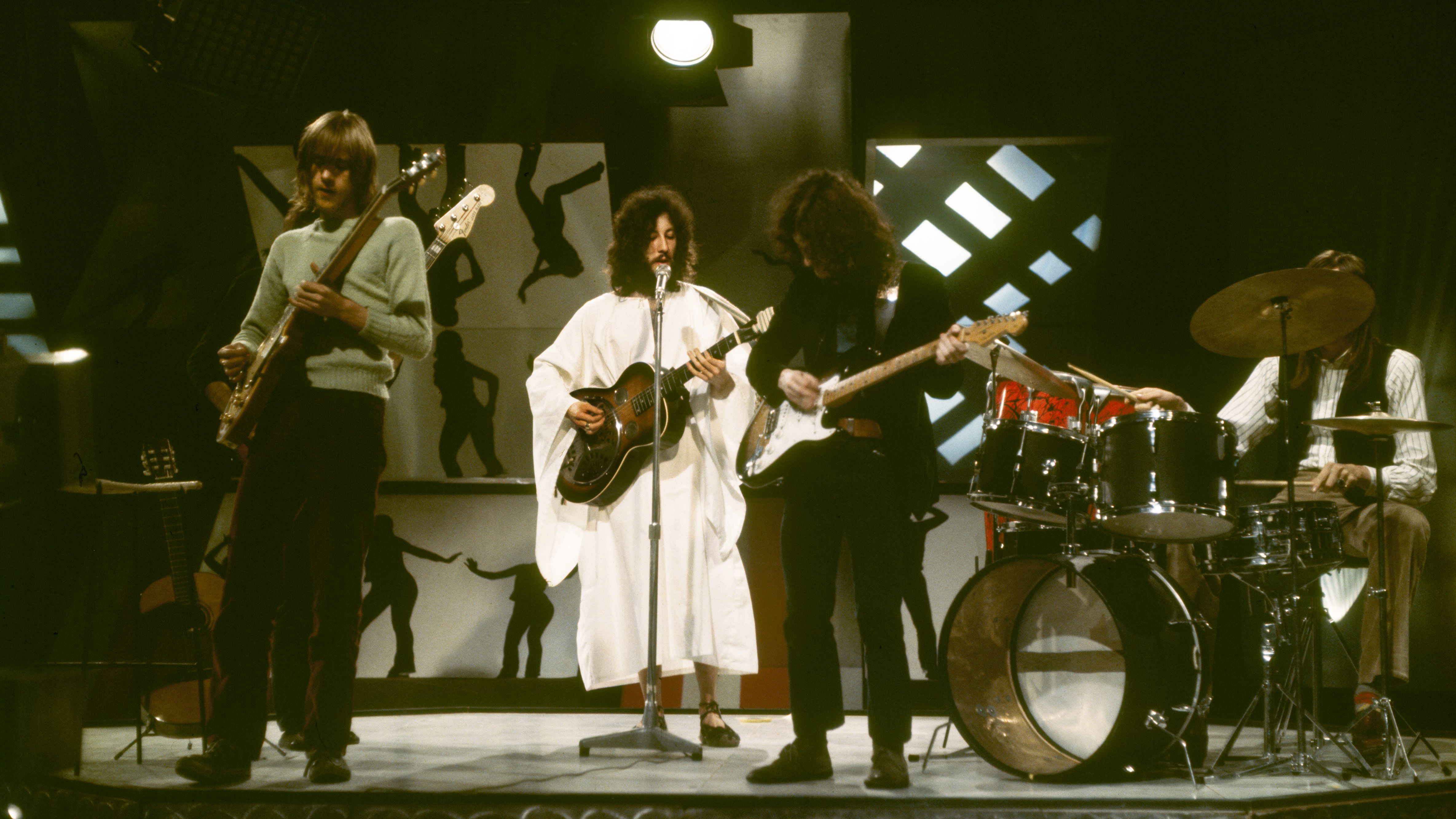
1. Shake Your Money Maker – Fleetwood Mac, 1968
Our first track will come as a shock to those fans that only know Don’t Stop, Dreams, Rhiannon and so on, and perhaps even for fans of Albatross, Oh Well and the early singles. It’s a joyous romp through one of Elmore James’s best compositions and features Jeremy Spencer on lead vocals and slide guitar, with Peter Green taking a back seat on rhythm.
From the outset Green never envisaged himself as the sole frontman. So initially - as well as John McVie and Mick Fleetwood whom he persuaded away from John Mayall’s Bluesbreakers when he also left the band - he recruited slide guitarist and singer Jeremy Spencer. Something of a mimic and onstage comic, Spencer was a big fan of Elmore James and several songs in the early Mac featured James’s trademark ‘diddly-diddly-diddly-diddlly-dee-dee’ bottleneck intro. Jeremy also did a wicked Elvis Presley impersonation, and to hear it check out Somebody’s Gonna Get Their Head Kicked In Tonight.
Spencer’s voice sounds not unlike that of Peter Green here, and his slide playing is authentic and unrefined - just what was needed to evoke that real Elmore sound. Spencer and Green would soon be joined in the band by a prodigious young guitarist, Danny Kirwan, who brought a new dimension to the line-up and was perhaps a better fit for Green. But Jeremy Spencer was vital in those early days, in helping to provide range and dynamics, and giving the otherwise introspective Green much needed live presence.
Want all the hottest music and gear news, reviews, deals, features and more, direct to your inbox? Sign up here.
2. Jumping At Shadows – Live In Boston, 1970 (remastered 1998)
Originally written and recorded by British blues singer and multi-instrumentalist Duster Bennett and backed by early Fleetwood Mac (Peter Green gave Bennett a 1952 Gibson Les Paul), Jumping At Shadows was the perfect slow blues into which Green could get his teeth, both as lead vocalist and on guitar.
In this Live In Boston rendition the band is stripped down to rhythm guitar, bass and drums, with Green demonstrating his natural gifts as a blues singer and brilliant guitarist.
The song enters with a slow and simple boogie rhythm in E, before Green comes in with heavily reverbed lead guitar. At this time he was usually employing a valve reverb unit by Orange or Matamp, into amplifiers from the same stables, but in the States the band may well have found it easier to rent big Fender amps and reverbs. Peter’s lines are melodic, thoughtful and musical, and while perfectly capable of ripping out streams of notes, Green takes his time and lets the mood dictate the music.
Green remains perhaps the most gifted of the British blues singers - as well as his incredible touch on guitar
Green is in his element singing a song like this, not only as it allowed him to show off his vocal prowess - he remains perhaps the most gifted of the British blues singers - as well as his incredible touch on guitar. And since it’s well documented how his depression and later mental health issues spiralled, one can imagine how lines like, “I’ve been jumping at shadows, thinking about my life,” may have resonated. Compare this with his heart-rending song Man Of The World and there are clear links.
Peter takes several choruses of solo switching tones, reverb and volume levels like the master musician he was. Just check out the intensity of the 24 bars between 2:35 and 3:56, and the fills from then until the end of this intense, beautiful and revealing piece. You can also hear his Greeny Les Paul’s infamous ‘out-of-phase’ sound - after a repair the neck pickup came back wired wrongly, making it out of phase with the bridge pickup when set in the ‘both pickups on’ position. Peter would make this his signature sound.
3. Jigsaw Puzzle Blues – The Pious Bird Of Good Omen, 1969
Originally released as the B-side to Green’s mega hit Albatross, this is one and a half minutes of pure guitar genius. Although credited to Danny Kirwan who played this delightfully catchy little piece, the tune was originally recorded by Joe Venuti and Eddie Lang’s Blue 5 in 1933, and Danny took many of his melody lines directly from the violin and clarinet improvisations. Nevertheless he pulled it all together into a glorious and cohesive guitar instrumental with many elements not in the Venuti/Lang version.
Danny was a huge fan of Peter's
Mick Fleetwood
The tune’s title is likely to refer to its clever key changes and twisting, convoluted licks. In fact Jigsaw Puzzle Blues is in four different keys, beginning in D minor, switching to E major, up to A major and finally moving to B minor. The tempo is like a slow gypsy jazz stomp, and Danny’s melodies, runs and arpeggios hark back to the styles of Django Reinhardt, bluesman Lonnie Johnson and of course the great guitarist Eddie Lang who played on the original.
Green had been wanting a new guitarist to help work on his own songs, which Spencer had not been inclined to do. So when Mac producer Mike Vernon saw Kirwan’s band Boilerhouse playing he immediately alerted Green, who initially didn’t think the obvious - that is, to invite Danny. That fell to Mick Fleetwood."Danny was a huge fan of Peter's,” said Mick. “He would see us every chance he got, usually watching in awe from the front row. Danny was an exceptional guitar player. It was clear that he needed to be with better players ... In the end, we just invited him to join us. It was one of those 'ah-ha' moments when you realise the answer is right there in front of you."
The story goes that Danny played Jigsaw on a red Fender Telecaster that was later stolen (this writer seems to recall a ‘Danny’s Tele stolen’ advert in the music paper Melody Maker). It certainly sounds like a Tele’s biting bridge pickup, but who knows? Best to just revel in this clever and musically advanced piece from a prodigious young Englishmam - Danny was just 18 when he ‘wrote’ and played it.
4. Black Magic Woman – The Pious Bird Of Good Omen, 1969
So common is the misconception that this is a Santana composition (Carlos recorded it for his band’s Abraxas album in 1970), that Mick Fleetwood recently revealed how Stevie Nicks was in Fleetwood Mac for 30 years before she realised the truth. Whichever version you know and love, this is the original, conceived and composed by Peter Green who sang it and played lead guitar.
The track, which reached a lowly 37 on the 1968 UK singles chart, begins with a three-note chord of D minor played at the 17th fret of Peter’s out-of-phase Les Paul. Drenched in reverb, you can hear Peter’s fingers adding vibrato to coax sustain from the triad.
After a ‘whack’ from Mick Fleetwood’s snare the song begins, a loping 4/4 Latin style rhythm (which may have attracted Santana to the number) it’s simply recorded with a clean Strat rhythm that adds fills to the stops at the end of each verse. This was probably also played by Green as it doesn’t sound like Jeremy Spencer, and Danny Kirwan was yet to join the group.
Although Peter plays largely D minor pentatonic throughout the song’s 24-bar solo, each time the G minor IV chord comes around he plays G minor arpeggios and the G minor scale. This was a common ploy when Peter played over a minor blues, and even Jimmy Page followed suit in his very Green-like soloing on Led Zeppelin’s slow blues Since I’ve Been Loving You, from their third album.
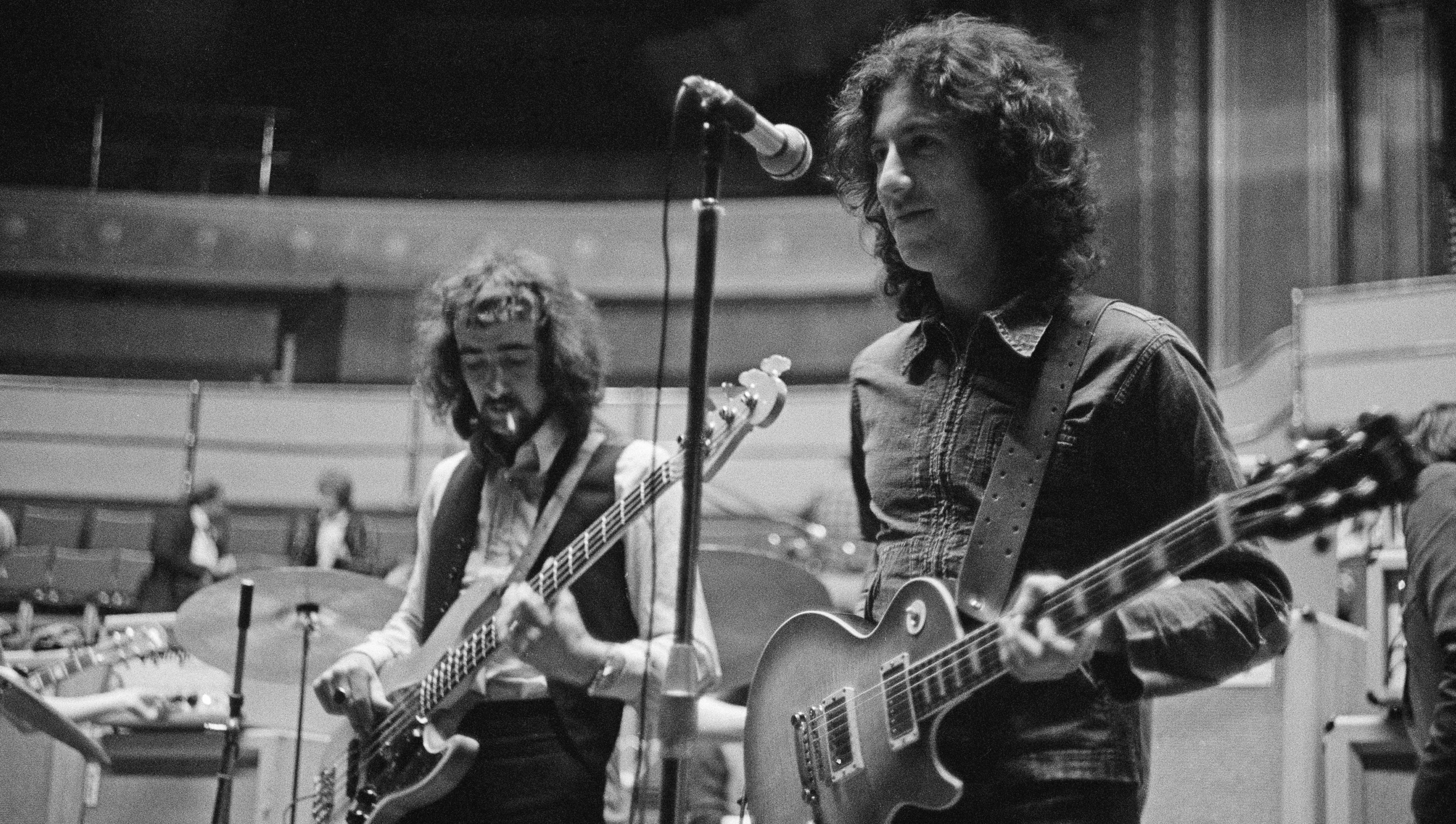
Classic interview: "I'm only Eric Clapton's replacement, I'm not Eric Clapton" – Peter Green, 1998
Green maintains his ‘out of phase’ sound throughout the song, which he admitted had been influenced by Eric Clapton’s take on the Otis Rush number All Your Love, which opened John Mayall’s legendary 1966 'Beano' album (Bluesbreakers With Eric Clapton).
This comes to the fore on the song’s playout solo, which switches from the loping rhythm to a medium blues shuffle, just as the Beano track had done. Peter scat sings vocal lines and plays BB King style answering guitar phrases as the track fades.
Black Magic Woman has become a staple of bar bands over the years, and Fleetwood Mac even retained the song for live shows after Green had departed the group, Danny Kirwan handling vocals and lead guitar.
5. Dragonfly – Greatest Hits, 1971
This Danny Kirwan song exists in the post-Green era of Fleetwood Mac, and in some ways marks a transition between this and Fleetwood Mac 2. The reason for this is that the band had drafted Christine McVie (wife of bassist John McVie) in as keyboard player and vocalist. Christine, who had recorded with Stan Webb’s Chicken Shack as ‘Christine Perfect’, had had a minor hit with Etta James’s I’d Rather Go Blind in 1969.
Kirwan took Dragonfly’s lyrics from a 1927 piece by Welsh poet WH Davies (who also wrote The Autobiography Of A Super-Tramp, from which that British band got its name). A beautiful, lyrical piece that mixes octaves, chord fragments and lead lines, shows the extraordinary creativity of this still only 20-year-old guitarist.
The song is in B minor but begins on the V chord of F# and runs around the chords F# minor, E minor and back to the home of B minor. Over those three melody chords McVie plays a slightly odd C#, B flat, B bassline which implies an A6 first inversion, C major 7 and D minor sound and adds to the song’s floaty nature.
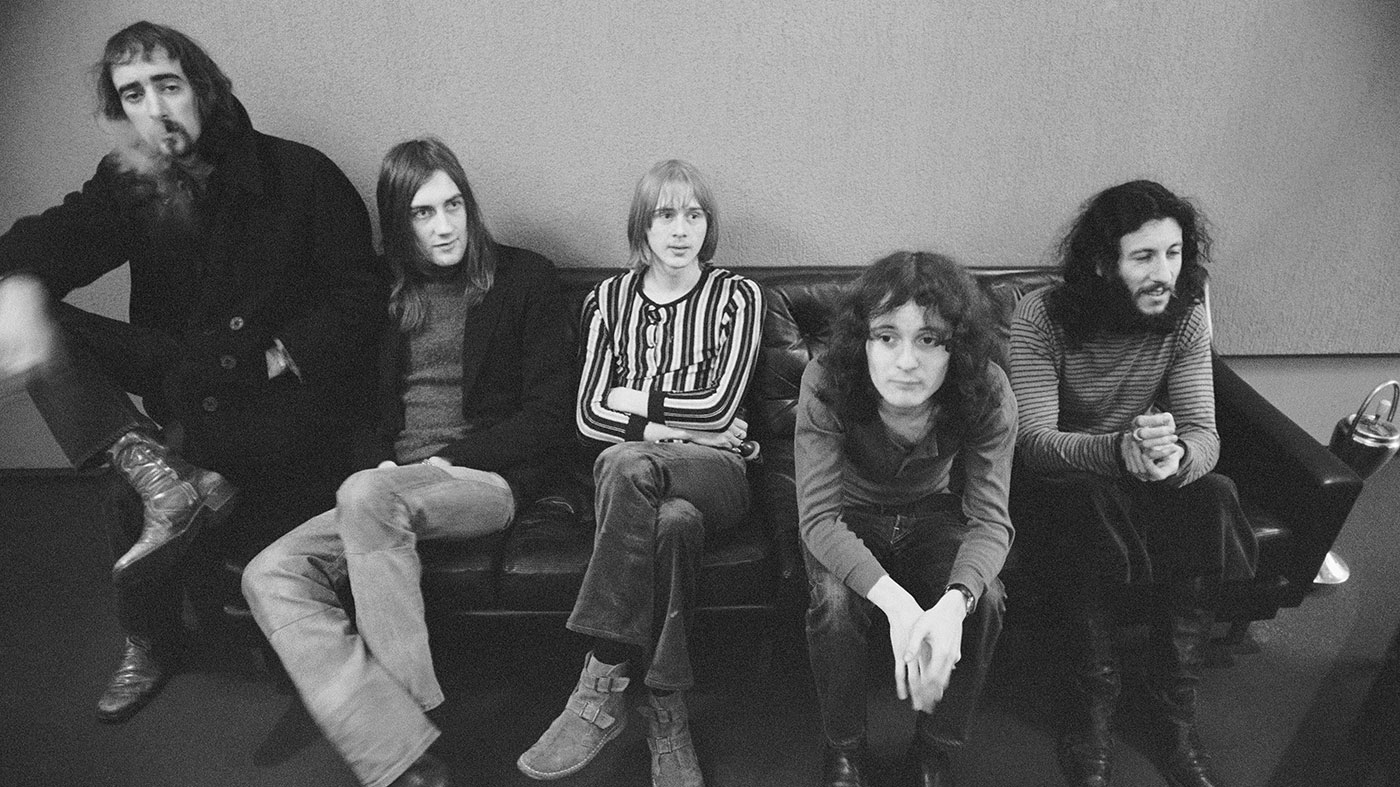
Then play on: the story of Fleetwood Mac guitarist Danny Kirwan
The track features only Kirwan, John McVie and Mick Fleetwood. While Spencer remained in the band he didn’t contribute, as neither did new conscript Christine McVie, although both featured on the single’s B side, The Purple Dancer. So it appears Kirwan sang the three-part harmony, redolent of recent sensations Crosby, Stills & Nash and adding to the song’s dreamy, ethereal nature.
By the time the single was released, Spencer had quit the band for good, and Peter Green described Dragonfly as “the best thing that Danny Kirwan wrote... should have been a hit”.
However, Kirwan’s growing alcohol dependency, frustrations on tour, lack of real commercial success under his leadership and the smashing of his beloved Les Paul Custom in a rage, resulted in Mick Fleetwood firing him from the band. His replacement Bob Welch tried to pick up the reins but, despite the addition of slide player Bob Weston and various extra keyboard players, and with lawsuits over the ownership of the band’s name plus continuing troubles on tour, Fleetwood Mac temporarily disbanded.
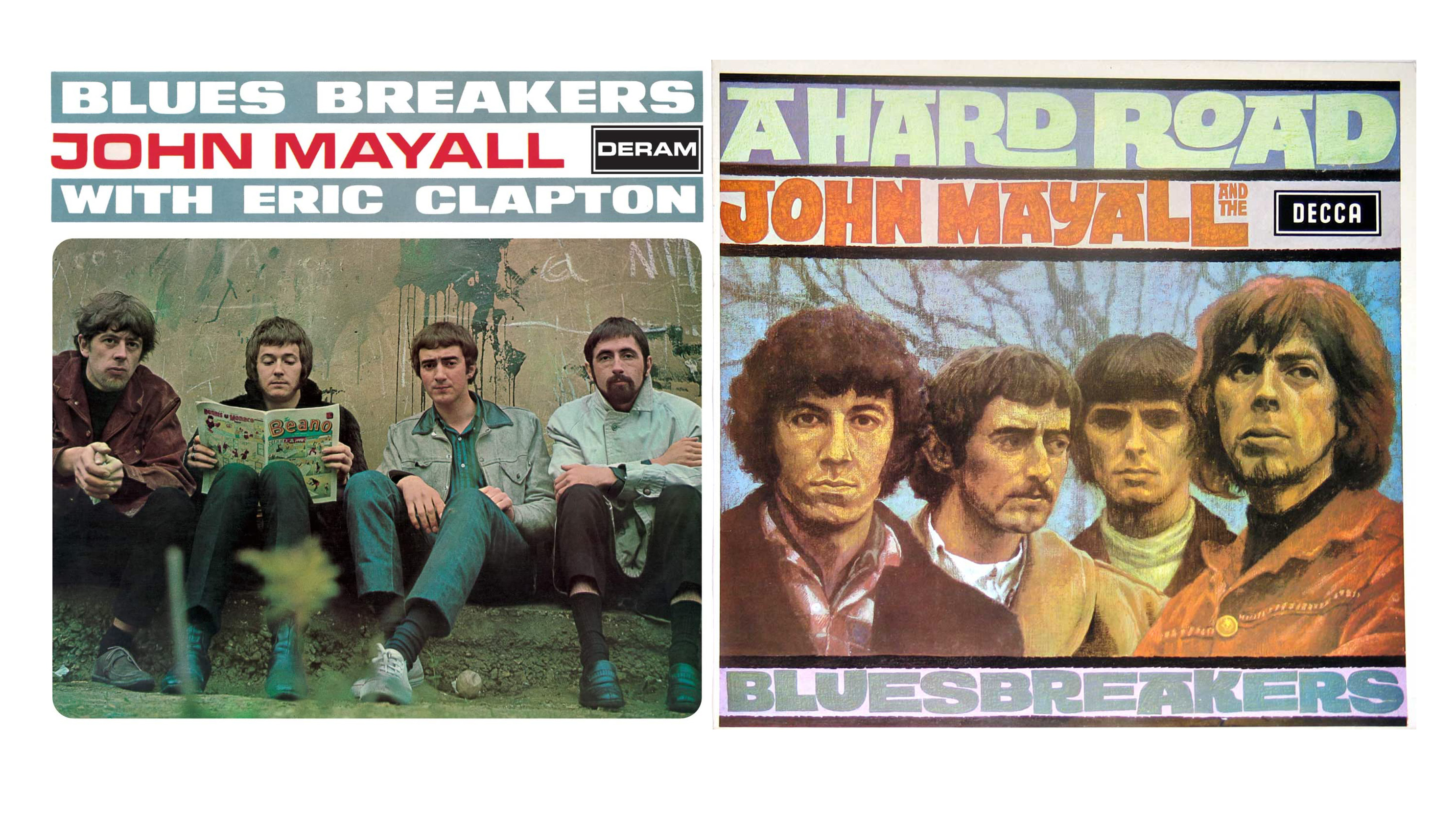
In 1975, after settling the legal dispute and Fleetwood Mac being back in the hands of its main protagonists, Mick Fleetwood was looking to record a new album in Los Angeles, where the group had settled. While auditioning Sound City studios, engineer Keith Olsen used the Buckingham Nicks album to demonstrate its facilities and potential. So impressed was he that he asked Buckingham to join. Lindsey insisted his musical partner come too, and the Mick Fleetwood, John McVie, Christine McVie, Stevie Nicks and Lindsay Buckingham line-up was born.
This incarnation of the band would go on to sell tens of millions of albums, receive countless awards, become known for personal excesses, internal struggles, and for creating some of the most memorable music of the following decades. Rumours alone shifted an astonishing 30 million copies. We will revisit Fleetwood Mac 2 in a future article...